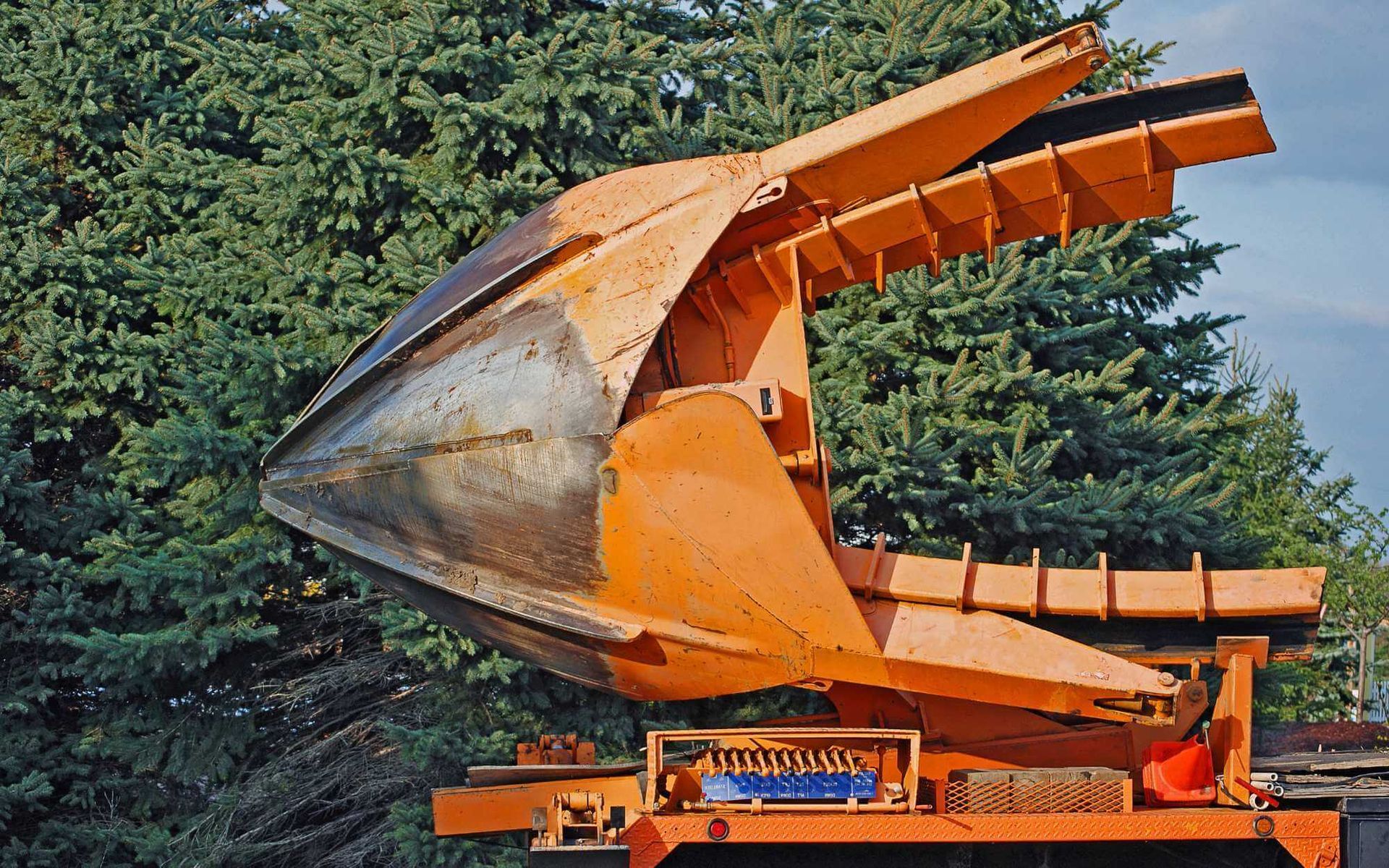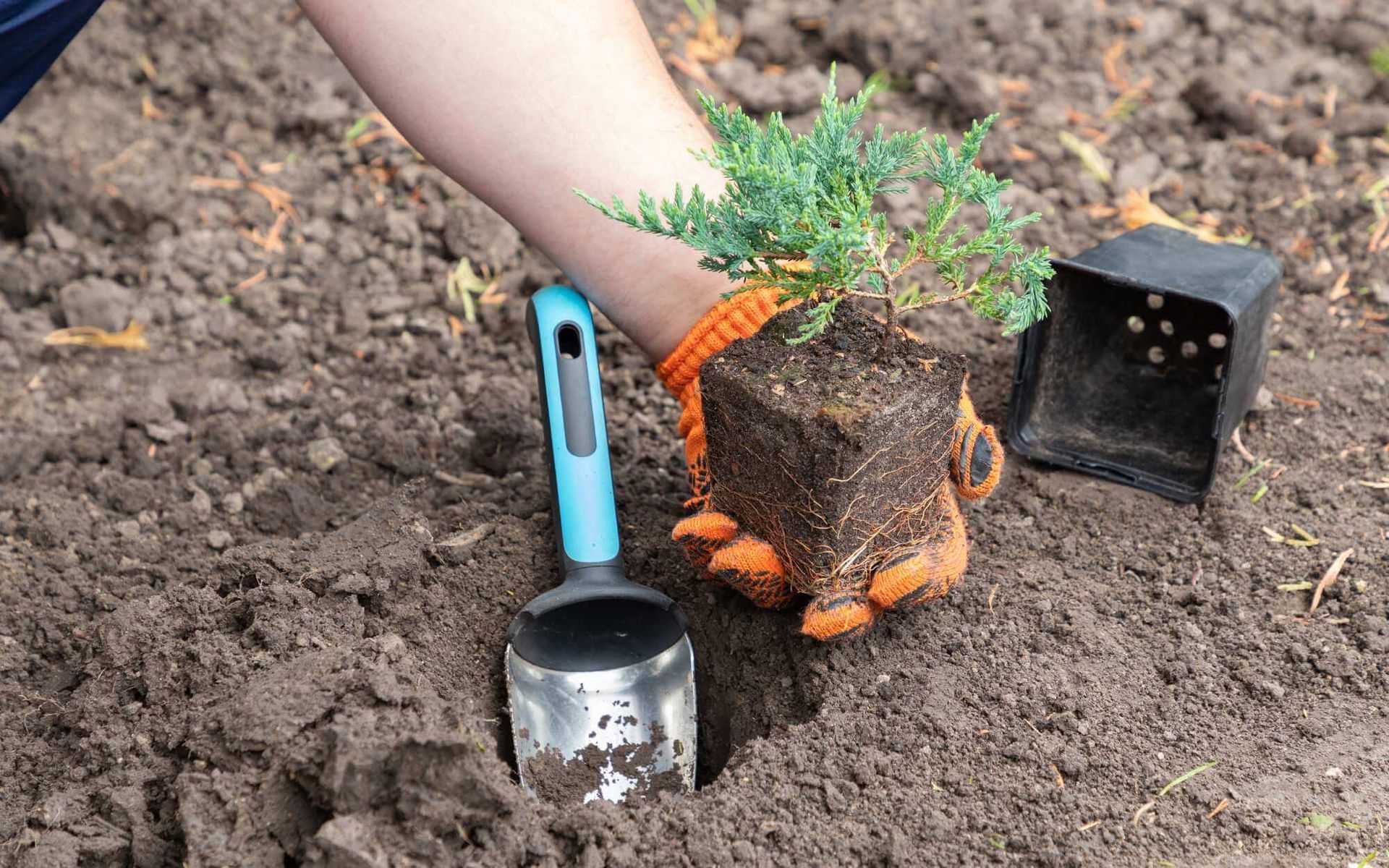Sculpting Nature: The Art of Pruning for Tree Aesthetics
PUBLISHED ON
SHARE THIS ARTICLE
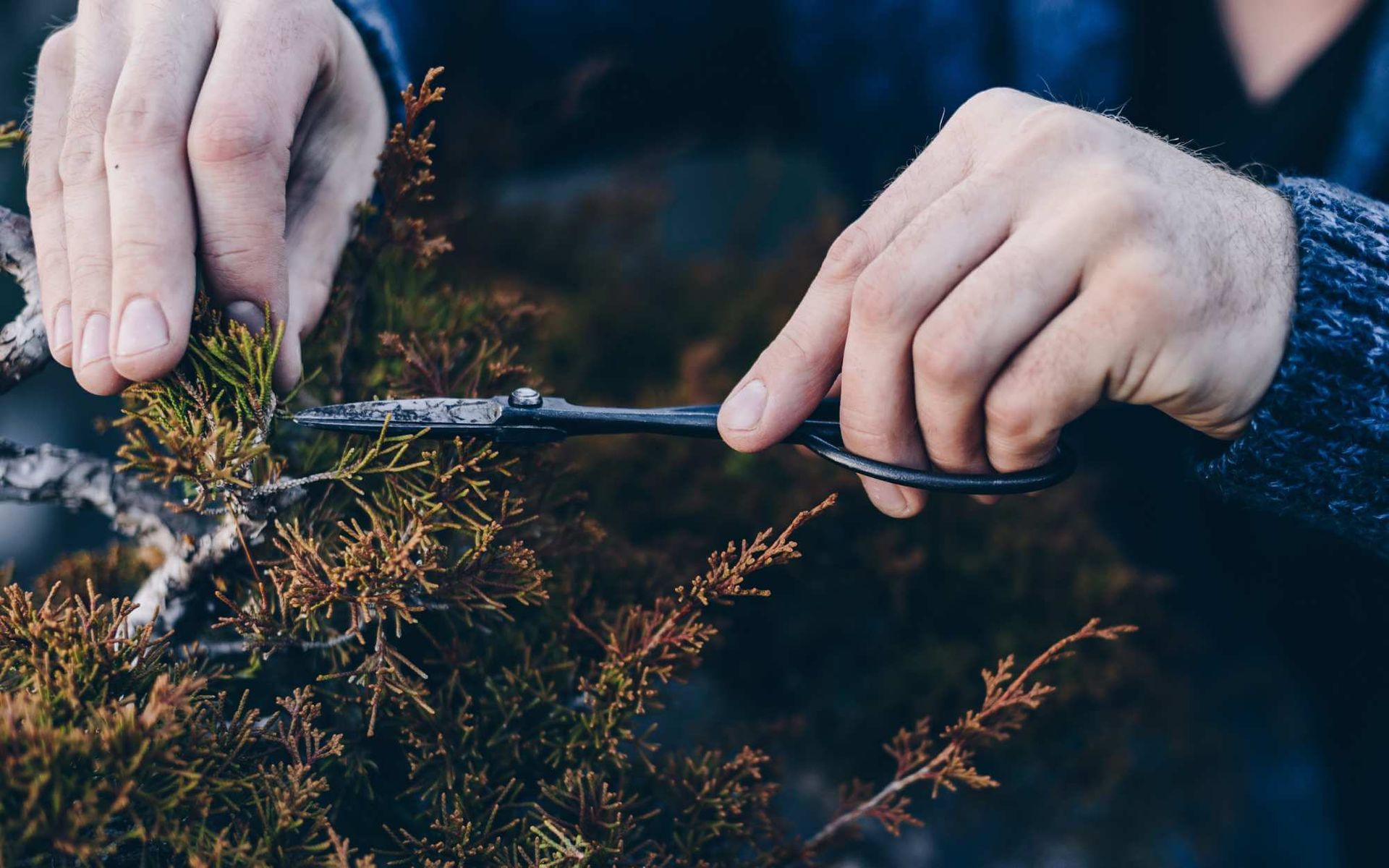
Are your trees being strangled by overgrown limbs? Is an unattractive tree spoiling your perfect view of the backyard?
Yes, nature can be a beautiful thing, but sometimes it needs a bit of help.
If you're looking to give your landscape the perfect touch of visual art and maintenance at the same time, aesthetic pruning could be just what you need!
With the right design principles and a little bit of artistic skill, you can create stunning shapes from natural trees that'll add aesthetic appeal while also improving their health. Keep reading as we explore ways to unveil the true essence of a tree.
The Art of Aesthetic Pruning
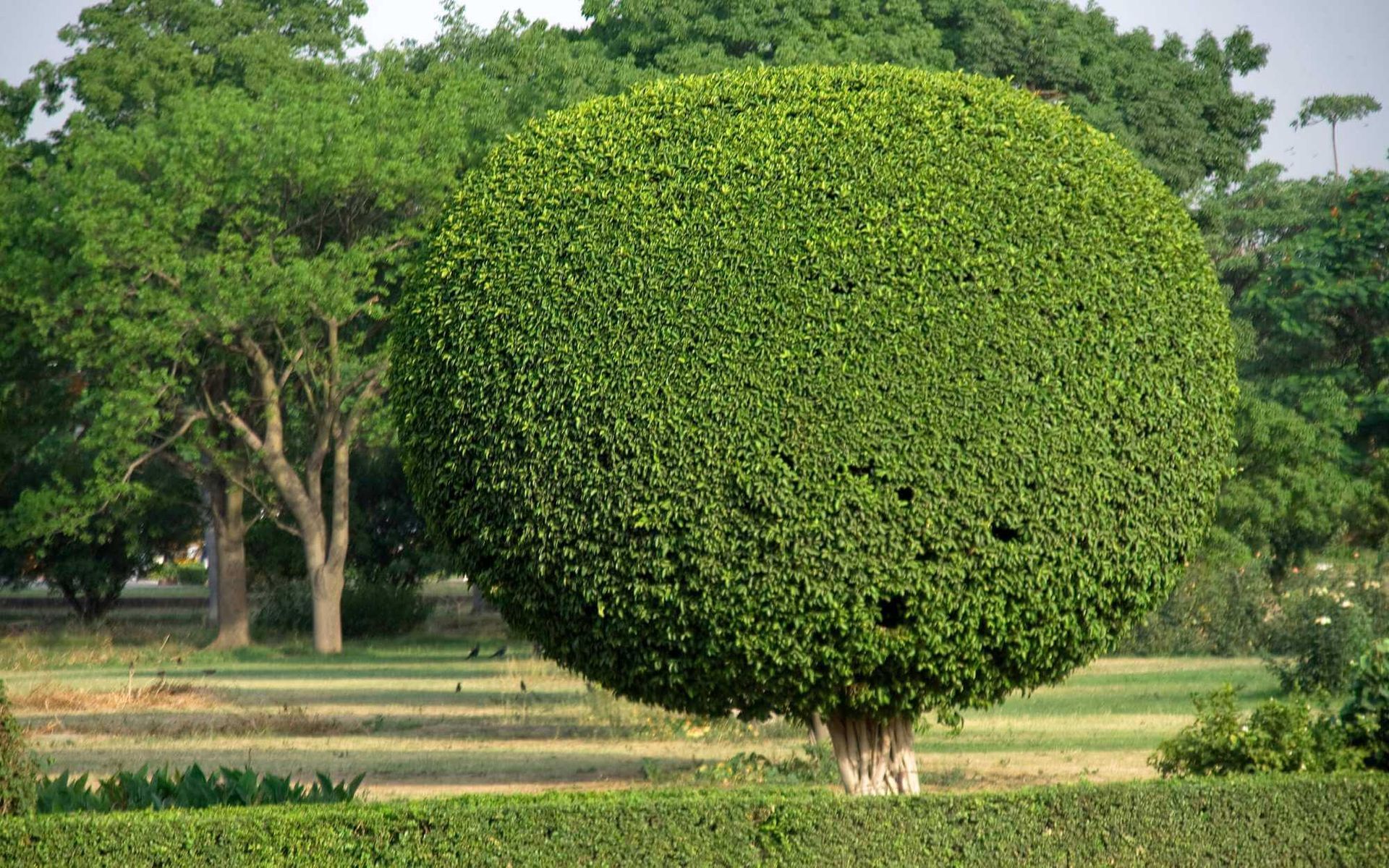
Aesthetic pruning, also known as sculpting or topiary, is the practice of removing unwanted parts of plants and trees in order to create an attractive shape. This creative interpretation of trimming can be done to single small trees or groups of trees to create a unified look throughout your landscape.
Aesthetic pruners focus on ornamental plants as well as trees and shrubs, but they also cater to almost any type of tree as long as the process is done properly and with enough care.
When pruning for aesthetics, the goal should be to create a balanced, symmetrical look that still respects the natural shape of the tree. This means that you shouldn't try to force an unnatural shape onto a tree - instead, work with what nature has already provided to create something beautiful!
The Benefits of Aesthetic Pruning

Not only does this structural pruning produce an aesthetically pleasing living art form, but it can also provide numerous other aesthetic pruning benefits. By carefully removing overgrown branches and limbs, you'll be able to increase air circulation in the tree which will help prevent disease.
Additionally, by removing dead or damaged branches you can reduce the chances of them falling and potentially causing harm or damage.
Furthermore, depending on the type of pruning you’re doing, it could improve your view of the landscape as well as protect other plants nearby from being overshadowed by tall trees. Pruning for aesthetics also allows you to shape a tree into an eye-catching display that will look good year-round!
Overall, aesthetic pruning is an easy way to boost the beauty of your landscape without any extra effort!
Pruning Techniques for Tree Aesthetics
Now that you know the importance of pruning for tree aesthetics, it's time to dive into the different techniques.
Crown Reduction/Raising
Topping a tree is one of the most common pruning techniques. This involves cutting back branches to reduce their height and width. It’s particularly helpful if there are too many limbs cluttering up the tree’s canopy.
Pollarding
This technique involves cutting back the crossing branches to promote a more compact shape. Pollarding is perfect if you want to keep trees at a certain size or height, making them easier to maintain and prune in the future.
Deadwood Pruning
As its name suggests, this technique involves removing diseased and dead branches from the tree. Not only will it help maintain a neat shape, but it can also prevent the spread of disease to other parts of the tree.
Japanese Garden Pruning
For unique garden styles like Japanese gardens, a specific pruning technique can be used. This technique involves sculpting the tree into interesting and visually appealing shapes that help draw the viewer’s attention to certain areas of the garden. It also helps to keep trees under control and stop them from growing too tall or wide.
Pruning With Care: Tips for Safe and Effective Tree Aesthetics
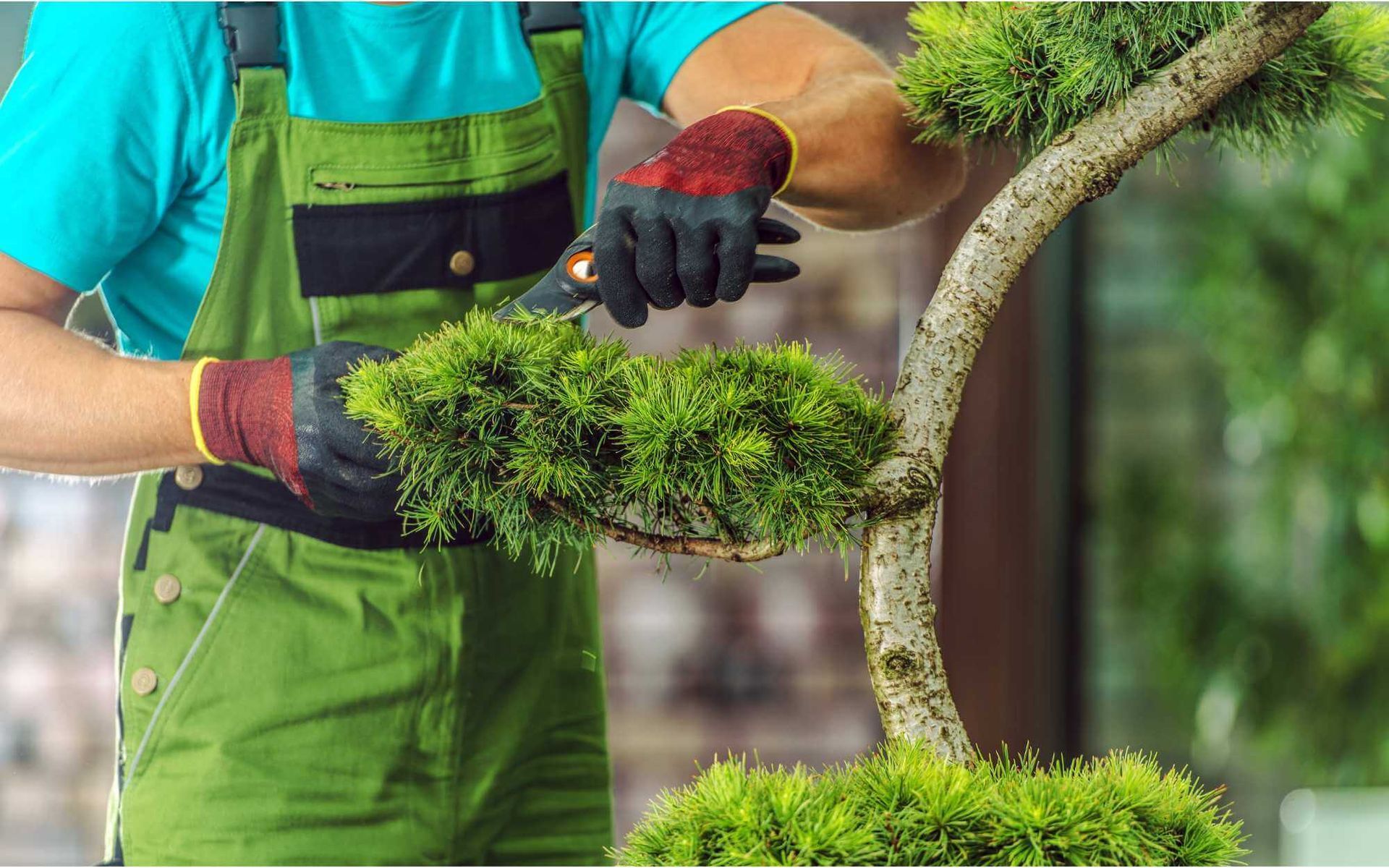
Now that you know the different types of pruning, it’s time to get into the nitty-gritty. Here are a few tips to help you maintain tree aesthetics while pruning safely:
- Make sure you’re using the right tools for the job. Always wear protective gear such as gloves and eye protection when pruning trees.
- Never cut more than a third of the tree’s canopy at once.
- Prune only during the dormant season (winter). This is when trees are less prone to stress.
- Use the three-cut method to make branches less likely to split.
- Remove any dead or diseased limbs and discard them properly.
With these tips in mind, you can start crafting beautiful shapes out of natural trees!
The Takeaway: Pruning for Tree Aesthetics is Easier Than You Think
Pruning for tree aesthetics may seem intimidating, but it's actually quite simple. All you need is the proper knowledge and tools to get started.
By following basic pruning techniques like crown reduction, pollarding, and deadwood pruning, you can create stunning shapes from natural trees that will add aesthetic appeal to your landscape. And with the right care and safety measures, you can do it without compromising the tree's health.
So why wait? Start pruning those trees and sculpting nature into a work of art today!
If you've found this guide helpful and want to keep your trees looking their best, let aesthetic pruners assist you. Contact us today for expert advice and pruning services. Your trees deserve the best care, and we're here to provide it.
Want a free quote or some friendly advice? Call our team today:


